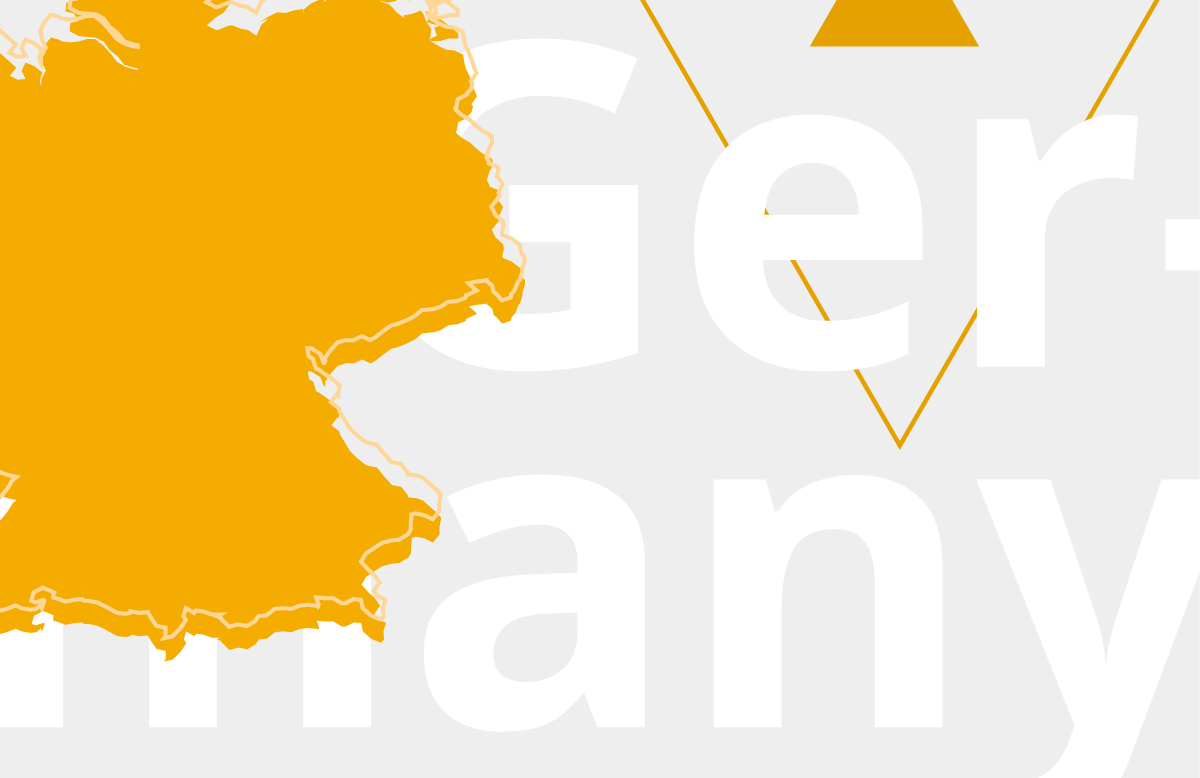Twenty-five years of EMBO experiences
An interview with Ingrid Lohmann, Professor of Developmental Biology, University of Heidelberg | EMBO Member
Facts and figures, life scientists in Germany, EMBO opportunities
An interview with Ingrid Lohmann, Professor of Developmental Biology, University of Heidelberg | EMBO Member
An interview with Christian Schwartz, laboratory leader at University Hospital Erlangen and former EMBO Postdoctoral Fellow
An interview with Cheng-Han Ho, postdoctoral researcher at the University of Tokyo and 2025 Scientific Exchange Grantee at EMBL, Heidelberg
An interview with EMBO Member Asifa Akhtar, Vice President of the Biology & Medicine Section of the Max Planck Society and Director of the Max…


Germany joined the EMBC as a member state in 1969. Life scientists in Germany are eligible for all EMBO Programmes supporting life scientists in Europe and beyond.
Germany’s research and innovation ecosystem is the largest in Europe, and the country regularly ranks as one of the leaders in innovation globally.1 Germany’s network of 408 universities, research institutions and research infrastructures supports research and teaching across all major scientific disciplines2 and maintains strong international collaborative networks.
There were more than 1.65 million students enrolled at universities in Germany in the 2024-2025 academic year.3 Gross domestic expenditure on research and development rose by 18% in the five years to 2023 reaching almost 130 billion euros, although as a percentage of national Gross Domestic Product remained steady at 3.11% – well above the European Union average of 2.13%.4 The private sector was the main funder of R&D (62.8% in 2021) followed by the public sector with 30%.4
Germany hosts EMBO and EMBC, and other intergovernmental research organizations including the European XFEL, EMBL, the European Southern Observatory, EUMETSAT and major centres of the European Space Agency.
Population: 86.3 million5
R&D spending: 3.11% of GDP4
People employed in R&D: 498,500 full-time equivalent4
Patents issued in 2024: 15,5416
Universities and research institutions: 4082
University enrolment: 1,651,1863
Horizon 2020/Horizon Europe funding7:
All life scientists in Germany are eligible for the EMBO Programmes supporting life scientists in Europe and beyond.
Find out about all EMBO funding schemes here.
All information as of April 2025.
An interview with Ingrid Lohmann, Professor of Developmental Biology, University of Heidelberg | EMBO Member
An interview with Christian Schwartz, laboratory leader at University Hospital Erlangen and former EMBO Postdoctoral Fellow
An interview with Cheng-Han Ho, postdoctoral researcher at the University of Tokyo and 2025 Scientific Exchange Grantee at EMBL, Heidelberg
An interview with EMBO Member Asifa Akhtar, Vice President of the Biology & Medicine Section of the Max Planck Society and Director of the Max…